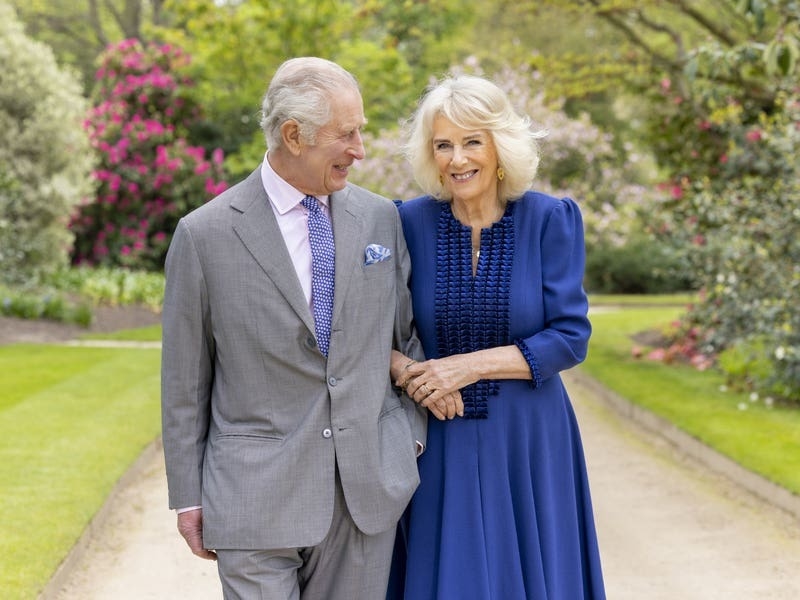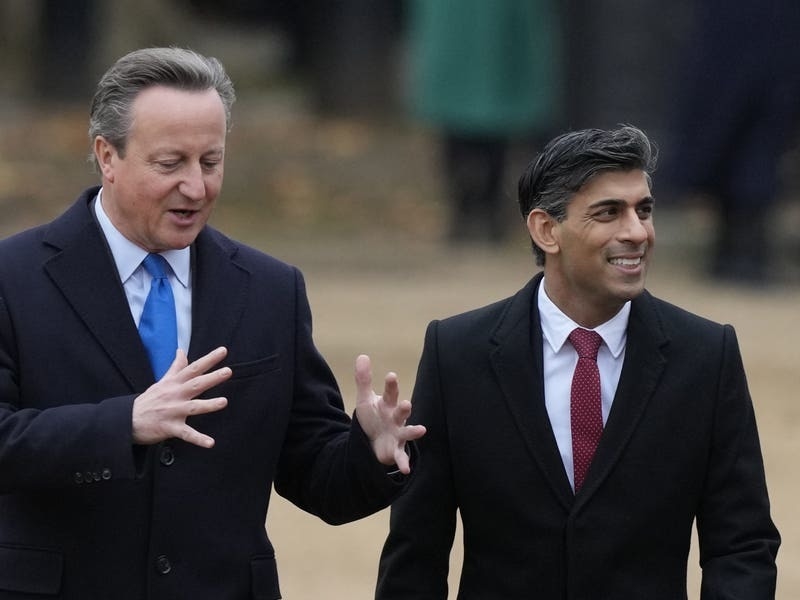Forests covering an area nearly twice the size of the UK were destroyed across global hotspots in just 13 years, a report from wildlife charity WWF has found.
The study examined 24 “deforestation fronts” across 29 countries in Latin America, Asia and Africa which are hotspots for the loss of forests and where large areas of remaining forests and other important habitat are under threat.
It found that 43 million hectares (166,000 square miles) of forests and habitat in those areas had been destroyed between 2004 and 2017.
Much of the destruction was driven by demand for land for livestock and to grow crops such as soy, which is used in animal feed in the UK, as well as road building, mining and land speculation.

It also raises the risk of pandemics such as Covid-19, as the destruction of wild habitats for farming brings humans and livestock into closer contact with wild animals, making it more likely a disease that starts in wildlife will emerge.
WWF is calling for the Government to use the Environment Bill going through Parliament to implement stronger measures to remove all deforestation and habitat conversion from UK supply chains for products such as soy and palm oil.
A mandatory “due diligence” obligation is needed to require businesses in the UK to ensure their supply chains and investments are not linked to destruction of forests and savannah, the charity argues.
Currently the Bill aims to stop illegal deforestation, but WWF warns that forests could still be cut down in line with local laws – providing an incentive for countries to degrade their rules.
The report also said it was important to secure the rights of indigenous people and local communities who live in and rely on the forests, putting them in control of the land, to help conserve it.
Biodiverse areas need to be conserved and products sourced from forests must be produced legally and sustainably, the report said.
It found that the fastest rates of deforestation and land conversion were taking place in nine locations: the Brazilian Amazon and the Cerrado – a wildlife-rich habitat of savannah; the Bolivian Amazon; Paraguay; Argentina; Madagascar; and Sumatra and Borneo in Indonesia and Malaysia.
Latin America is particularly hard hit by wildlife losses driven in a large part by destruction of habitats, with mammal, fish, bird and reptile populations plummeting by 94% on average since 1970, WWF said.
Tanya Steele, chief executive at WWF, said: “Nature is in freefall and our climate is changing dangerously – protecting precious forests like the Amazon is a vital part of the solution to this global crisis.
“We have an opportunity to stop the things we buy and the food we eat here in the UK from causing the destruction of nature overseas.
“That’s why we need urgent action from the Government to implement ambitious new laws to get deforestation out of our supply chains.”
The Environment Department (Defra) said a significant proportion of deforestation is illegal, and basing the UK’s approach on the local laws of producer countries recognises the primacy of national and regional government decisions in determining management of their natural resources.
A spokesperson said: “We have introduced legislation that would make it a requirement for larger businesses to undertake due diligence on their supply chains where there is a risk they could be contributing to illegal deforestation.
“This is just one piece of a much larger package of measures that we are putting in place to tackle illegal deforestation.
“While the UK is a relatively small consumer of commodities such as soya, businesses must take greater responsibility for ensuring the resilience, traceability and sustainability of their supply chains.”
Awapy Uru-eu-wau-wau, a cacique or chief of the Uru-eu-wau-wau indigenous peoples in central Rondonia, Brazil, said his community faced deforestation and fires set by “invaders”, who threatened their way of life.
“Nature, for us, is the life of the Indian. Why? It gives pure oxygen, it gives natural food to us, hunting, fishing, native fruits of the jungle, medicine, so, it is important to us, because we live off the jungle,” he said.

“The Cerrado that we want is free of destruction, free of monoculture, free of industry. It is the Cerrado we have always known and that our ancestors have always preserved.
“We now face the Cerrado being devastated and us together with it,” she warned.
The deforestation fronts tracked by the report account for just over half (52%) of the total deforestation that took place in Latin America, sub-Saharan Africa, south east Asia and Oceania over the period 2004 to 2017.
It suggests deforestation is also taking place on a widespread scale outside the hotspots, WWF warned.






